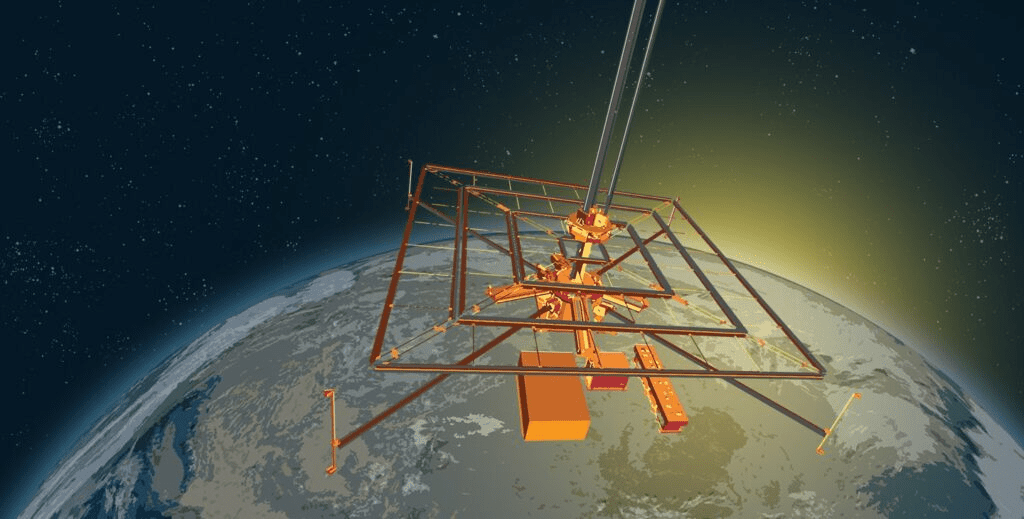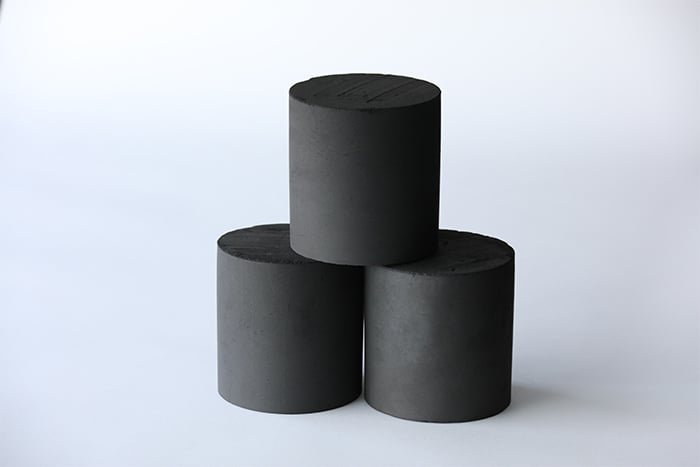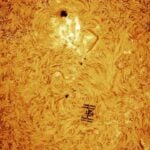The Caltech Space Solar Power Project (SSPP) has taken a significant step forward with the launch of its prototype, the Space Solar Power Demonstrator (SSPD), into orbit. The aim of this project is to harness the endless supply of solar energy available in space and transmit it back to Earth. This approach to solar power generation is unique as it is not subject to the constraints of day and night, seasons, and cloud cover. The SpaceX launch of the SSPD marks a significant milestone in the project, bringing the possibility of space-based solar power closer to reality, which is a giant leap forward for Caltech and future of space solar power. When fully developed, the SSPP will consist of a fleet of modular spacecraft that will collect sunlight, convert it into electricity, and wirelessly transmit it to areas in need of power, including places without access to a reliable energy source.
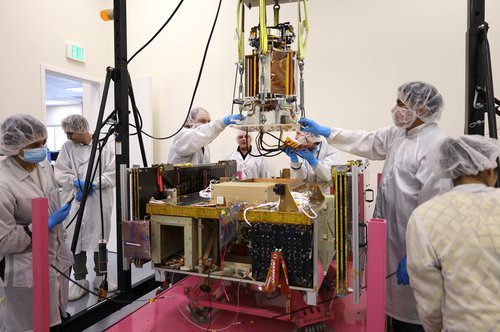
The 50-kilogram Space Solar Power Demonstrator (SSPD) was transported to space aboard a Momentus Vigoride spacecraft launched on a SpaceX rocket as part of the Transporter-6 mission. The SSPD comprises of three primary experiments, each designed to test a critical aspect of the project. These include:
- DOLCE (Deployable on-Orbit ultraLight Composite Experiment) – A 6×6 feet structure that demonstrates the design, packaging, and deployment mechanisms of the modular spacecraft that will eventually make up a kilometer-scale constellation that forms a power station.
- ALBA – A collection of 32 different types of photovoltaic (PV) cells to evaluate the most effective cells for use in the harsh space environment.
- MAPLE (Microwave Array for Power-transfer Low-orbit Experiment) – An array of lightweight, flexible microwave power transmitters with precise timing control that focus the power selectively on two different receivers to demonstrate wireless power transmission over long distances in space.
The SSPD mission represents a critical step in the development of space-based solar power and its successful launch marks a significant milestone in the project.
The Space Solar Power Demonstrator (SSPD) not only includes three main experiments but also an additional fourth component, a box of electronics that connects to the Vigoride computer and controls the operations of the three experiments.
The Caltech Space Solar Power Project (SSPP) was initiated in 2011 after philanthropist Donald Bren, who is the chairman of Irvine Company and a lifetime member of the Caltech Board of Trustees, came across an article about space-based solar energy manufacturing in Popular Science magazine. The concept of space solar power intrigued him, and he approached Caltech’s then-president Jean-Lou Chameau to discuss the creation of a space-based solar power research project. In 2013, Bren and his wife, Brigitte Bren, a Caltech trustee, made a donation to fund the project, which will eventually exceed $100 million, through the Donald Bren Foundation, and the research began.
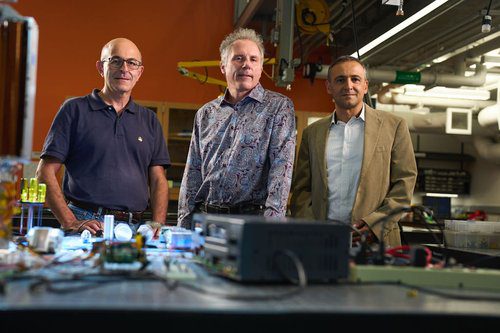
Donald Bren, chairman of Irvine Company and a lifetime member of the Caltech Board of Trustees
“For many years, I’ve dreamed about how space-based solar power could solve some of humanity’s most urgent challenges. Today, I’m thrilled to be supporting Caltech’s brilliant scientists as they race to make that dream a reality.”
The rocket needed about 10 minutes to ascend to the desired altitude. The rocket released the Momentus spacecraft into orbit. Within a few weeks of the launch, the Caltech team on Earth intends to begin conducting its tests on the SSPD.
More time will be needed for other factors. To get new knowledge about the kinds of photovoltaic technology that would work best for this application, the collection of photovoltaics will need to be tested for up to six months. MAPLE entails a sequence of experiments, from the initial function verification to an assessment of the system’s performance over time in various contexts.
“We plan to command the deployment of DOLCE within days of getting access to SSPD from Momentus. We should know right away if DOLCE works,”
Sergio Pellegrino, Caltech’s Joyce and Kent Kresa Professor of Aerospace and Professor of Civil Engineering and co-director of SSPP. Pellegrino is also a senior research scientist at JPL, which Caltech manages for NASA.
Realizing the potential of space-based solar energy, the SSPP team has made a significant achievement in creating a space-worthy prototype. This prototype is expected to test several key components of an ambitious plan to harvest solar power in space and beam the energy back to Earth. This includes a 6 feet by 6 feet structure, a collection of 32 different types of photovoltaic cells, and an array of flexible lightweight microwave power transmitters. Although numerous challenges remain, the project will enable an assessment of the types of cells that are the most effective in space and demonstrate wireless power transmission at distance in space.
Through the efforts of a team of 35 scientists, engineers, and students, the SSPD was created to test the potentials of space-based solar power. Professor Sergio Pellegrino of Caltech highlighted the breakthroughs of the project, noting that the use of the latest generation of ultrathin composite materials has enabled unprecedented packaging efficiency and flexibility. Ali Hajimiri, Caltech’s Bren Professor of Electrical Engineering and Medical Engineering and co-director of SSPP, stated that the MAPLE array was designed from the ground up, utilizing components that did not previously exist. This rethinking of the system was essential to achieve scalable solutions for SSPP. The team has demonstrated that a smaller team and fewer resources can still achieve incredible results.=
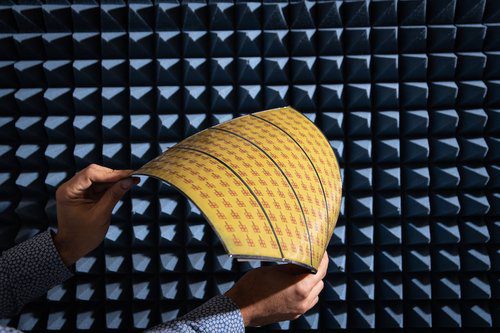
The SSPP team is creating a new wave of space engineers, who are dedicated to the development of space-based solar power. Harry Atwater, the director of the Liquid Sunlight Alliance, is confident in the potential of the three testbeds to measure success in a variety of ways. The DOLCE structure must successfully deploy, ALBA will assess which photovoltaic cells are most efficient and resilient, and MAPLE will demonstrate selective free-space power transmission. With the help of colleagues from the JPL and the Southern California space industry, the team has worked to reduce the risk of failure and make the development of new technologies a less risky process.
